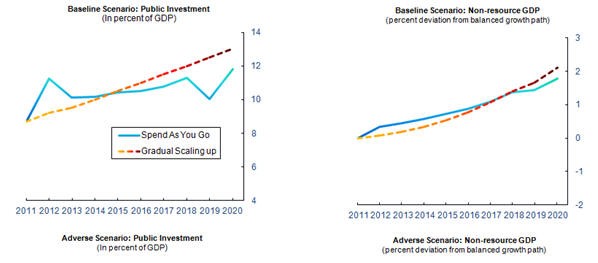Four Funds for NaturalResource Investing
Post on: 1 Июль, 2015 No Comment

The recent spike in the price of wheat was a reminder that commodities like foodstuffs offer profit potential for investors. Several top advisors outline the funds they use to invest in this sector.
Here’s how several top advisors include natural resources in their clients’ portfolios.
John B. Cox, CFA, CAIA, MBA, Charles D. Haines LLC, Birmingham, Ala.
We like Ivy Global Natural Resources (IGNYX) managed by Fred Sturm. Our client portfolios typically have 5 to 8 percent invested in this fund.
We believe in the secular bull market in commodity stocks, and we feel like Ivy GNR gives us the best opportunity to capture the long-term trends.
Fred Sturm has been at the helm of the fund since its inception more than 13 years ago and has almost 30 years of investment experience.
He lives in Canada, which is a great place to be for a natural-resources fund manager.
The fund typically has 50 percent of its assets outside of the U.S. and tends to invest in very innovative companies.
Many of the fund’s competitors load up on the big energy companies, but Sturm does not do that.
While about half of the portfolio is energy-related, you will not find Exxon, Chevron, etc. in the fund.
It will have some exploration companies, natural gas pipeline companies, as well as fertilizer companies, chemical companies and water infrastructure companies.
It is a well-diversified fund that has produced great long-term results but will lag its benchmark and peer group from time to time.
Sturm will also hedge currencies and broad stock market exposure periodically.
Johanna Fox Turner, CPA, CFP, RLP. Milestones Financial Planning, LLC, Mayfield, Ky.
I am currently using two funds for clients investing in natural resources: Prudential Jennison Natural Resources Z (PNRZX) is my favorite right now.
I like PNRZX not only because it is no load, with a 9 percent turnover and a low (less than 1 percent) net-expense ratio, but also because its managers focus on energy commodities.
It’s hard to argue with this strategy: the fund has a 10-year after-tax return averaging 16.25 percent.
Although it is a Class Z fund, it has wide brokerage availability, and there is no minimum for initial and subsequent investments. This makes it an ideal fund for employees who participate in a SIMPLE or 401(k) through a small employer.
Finally, there are no redemption fees should a client or advisor need to liquidate short-term.
While I wouldn’t necessarily use this fund for older clients and/or those looking for current income, it is a nice portfolio addition for those who want some natural resources exposure who can handle more risk.
Fidelity Select Materials (FSDPX): Like PNRZX, Fidelity Select Materials has a relatively low net-expense ratio of less than 1 percent and is a no-load fund. However, it does have a 104 percent turnover, which is not my ideal choice for client funds.
In addition, management can invest up to 25 percent of its assets in one stock, which could be a concern.
Although currently its largest holding is DOW (at 8.08 percent), almost one-half of its assets are in its top 10 holdings.
On the plus side, it has a stellar 10-year track history and even its short-term results outdo both its index and the S&P 500.
I do have some clients currently invested in this fund. You’ll pay a redemption fee to Fidelity (0.75 percent) but only if you have to sell in the first 30 days, which is quite reasonable.
J. Victor Conrad, CFP, ChFC, AIF, CPA, Pinnacle Financial Strategies, Wexford, Pa.
I use PIMCO Commodity Real Return Strategy (PCRAX) to gain natural resources/commodity exposure for clients.
Since I am not about to try to determine which individual commodities will perform well during any particular period of time, I can gain access to a broad basket of commodities by using this fund, which also provides some income as the manager actively manages the cash not used to purchase the index derivatives (Dow Jones UBS Commodity Index).
I also like the fact that this index has a governor on it — and no more than a third of the index used will be in energy.
I will not buy and hold this fund for extended periods of time. For example, I sold it out of client portfolios back in late 2007 when crude oil reached $100/barrel, locking in gains for clients and avoiding the drop in crude oil prices in the second half of 2008.
Recently I purchased this fund again in client accounts in late May 2010 when crude oil dipped below $70/barrel, and the fund has returned over 10 percent since then. I tend to use crude oil as the primary data point for buying and selling since crude oil tends to be the largest single sub-index weighting.
Reprints Discuss this story














